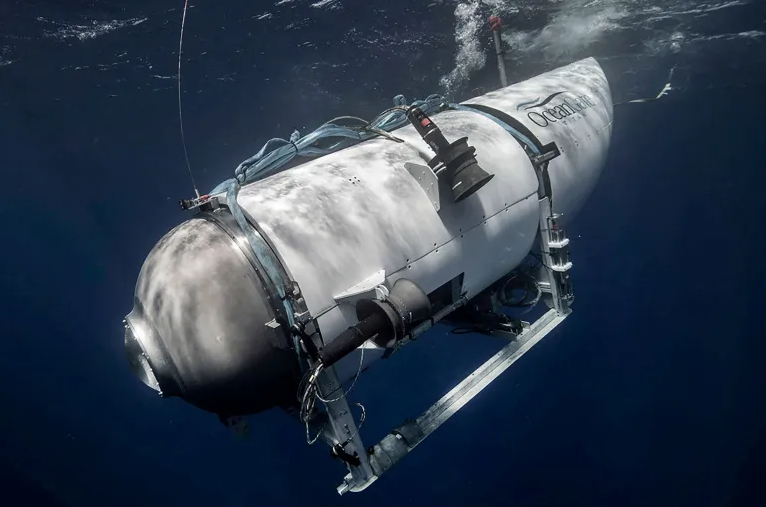
The technology industry has witnessed catastrophic failures throughout the decades, but in 2023, unbridled ambition and the pursuit of wealth surpassed the bounds of wisdom and safety in various technology sectors. Therefore, it is fitting to reflect on the worst failures in this field throughout the year that many individuals and companies may wish to forget.
On the morning of Sunday, June 18, 2023, the submarine Titan embarked on what was supposed to be an “exploratory journey” to the wreckage of the Titanic in the San Juan zone at the bottom of the Atlantic Ocean, specifically off the coast of Newfoundland in Canada. Accompanied by a support ship and five individuals on board, their journey began filled with enthusiasm and adventurous spirit. However, in less than two hours, it turned into a major search and rescue operation, then a mission to find what remained of them in the depths of the ocean. Apparently, after more than 110 years, the curse of the Titanic struck the five passengers.
The submarine, operated by the company “Ocean Gate” based in the United States, was designed to be the smallest, fastest, and most cost-effective in marine exploration operations. It theoretically had the ability to dive with an oxygen supply lasting for up to 96 continuous hours, far exceeding the duration of the 8-hour journey to the Titanic wreckage site. Therefore, the loss raises questions about the accuracy of this capability.
Many hypotheses have been discussed, including a catastrophic internal explosion that led to the death of the entire submarine crew, which was supposed to be equipped for the planned journey at the depths of the ocean. Experts attribute it to the immense water pressure at the depth where the Titanic wreckage is located. The exact depth of the submarine’s explosion is not precisely known, except for the time when contact was lost before the end of its journey, considering that the Titanic wreckage lies at a depth of 4000 meters.
This incident brought back memories of certain details from the movie Titanic and the reason for its sinking due to the captain’s insistence on sailing forward, ignoring warnings. This was mirrored by Stockton Rush, the CEO of the manufacturing company of the submarine, who was also one of the passengers. He was an innovative type with a philosophy of breaking conventional rules, dreaming that this strategy could succeed even in the depths of the oceans.
At that time and in the days that followed, it became evident that a significant part of the disaster could have been prevented. In 2018, dozens of industry leaders and experts sent a letter directly to Rush expressing their concern about the submarine’s lack of an official safety certificate. The letter warned that the consequences could be “catastrophic,” a word eventually used by the U.S. Coast Guard to describe the submarine’s explosion.
Ocean Gate chose to construct the submarine’s structure with a blend of carbon fiber and titanium instead of pure titanium. In 2017, Rush told TechCrunch that “everyone said you can’t build with carbon fiber.” However, using a material with better buoyancy led to a significant reduction in costs.
Leave a Reply